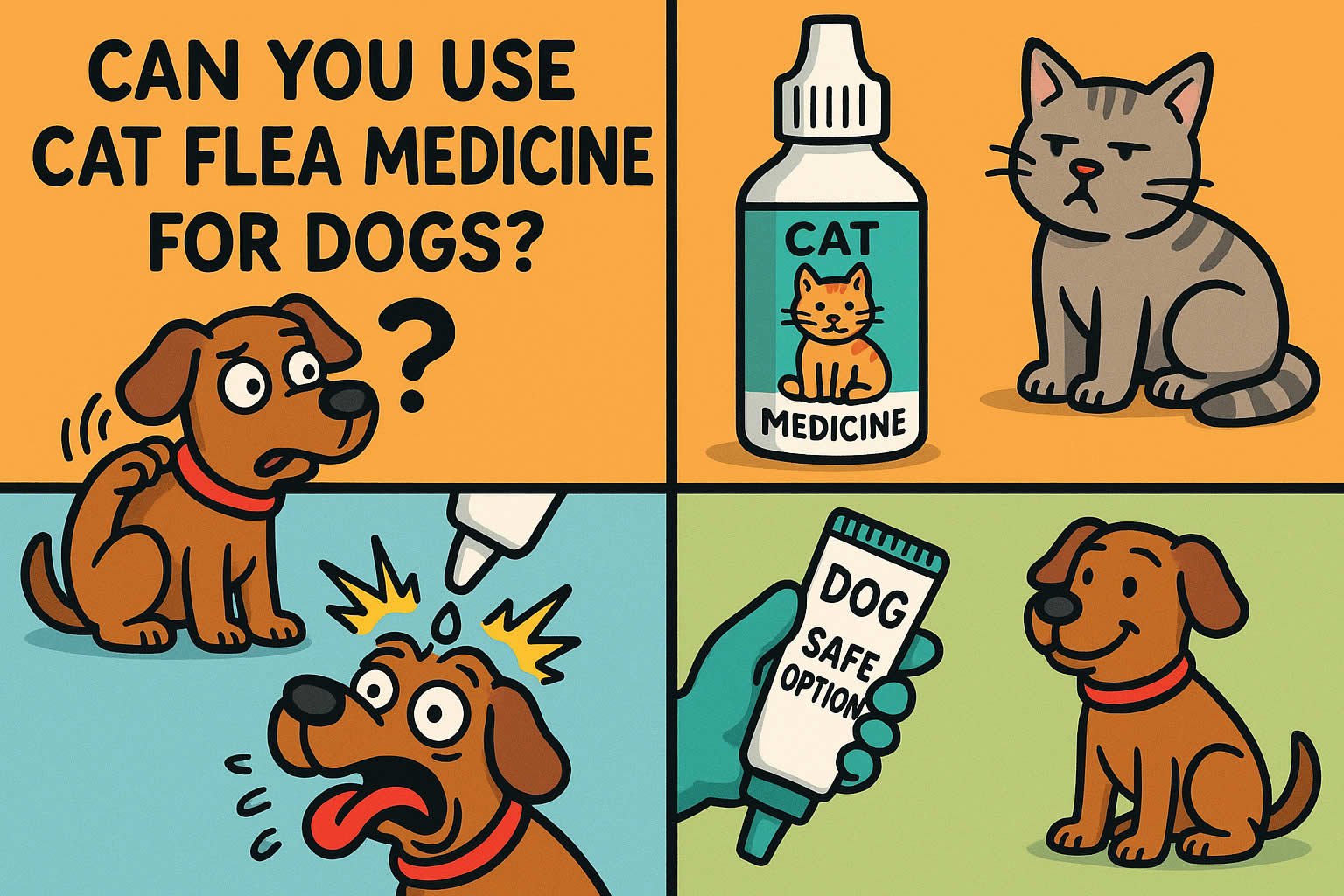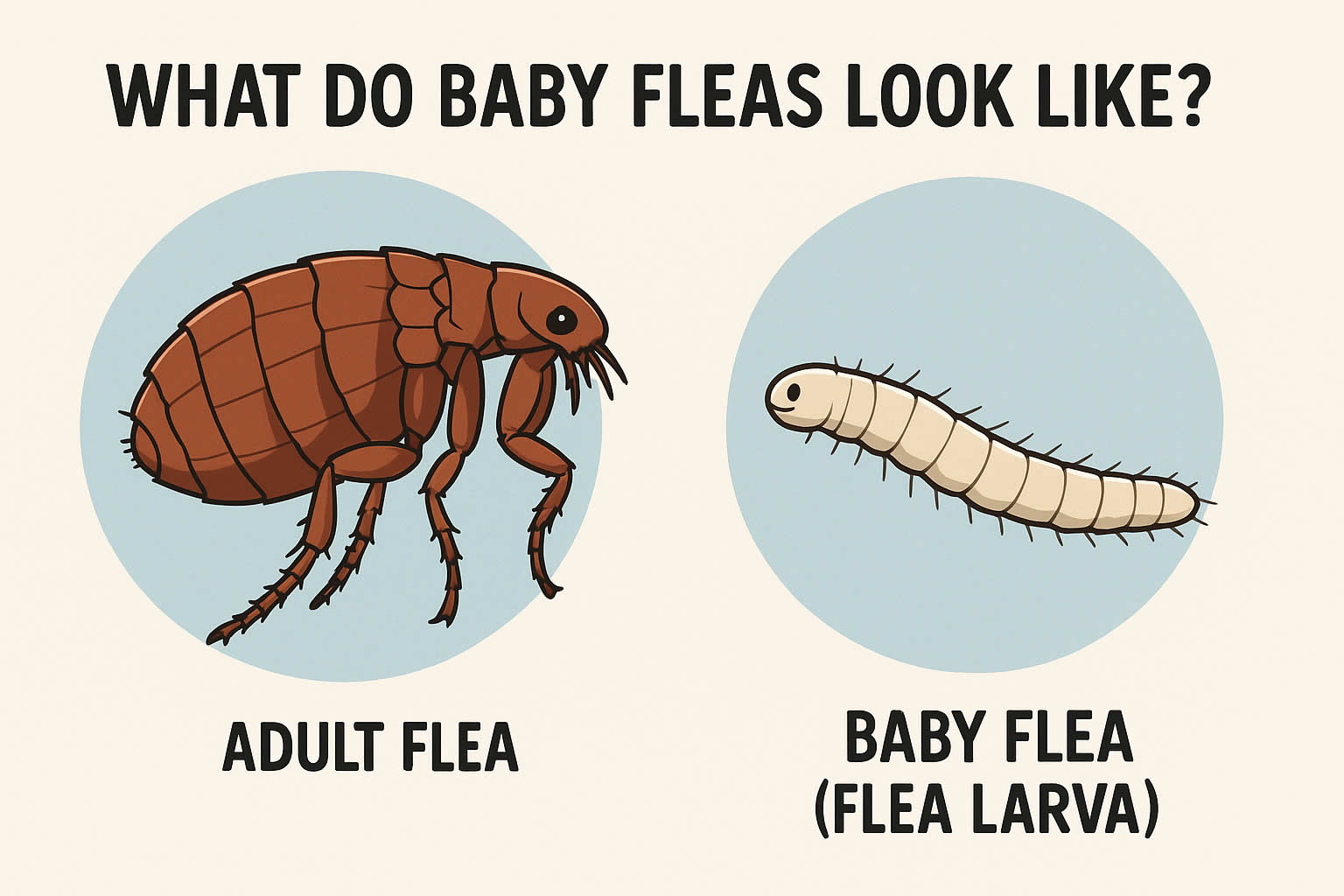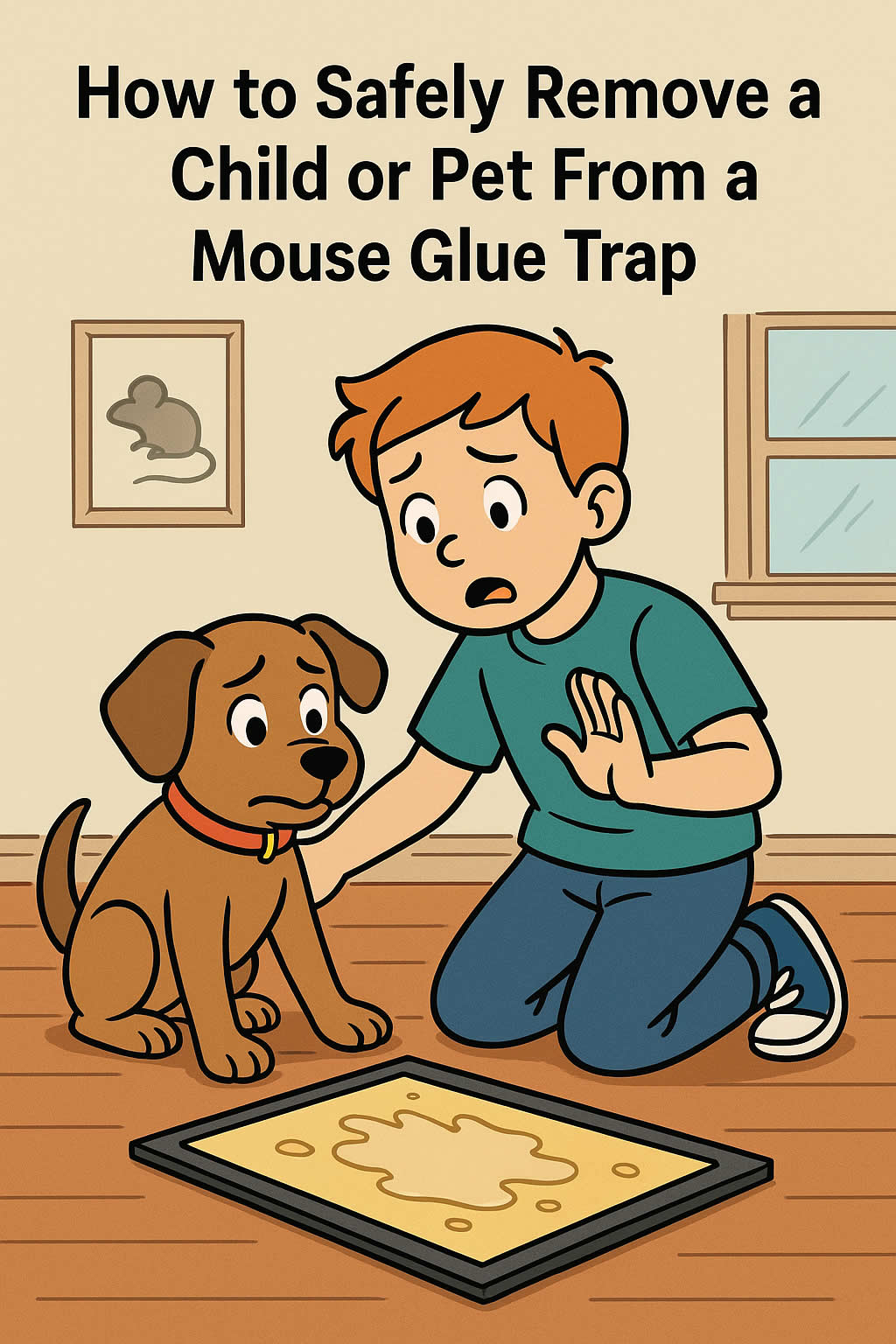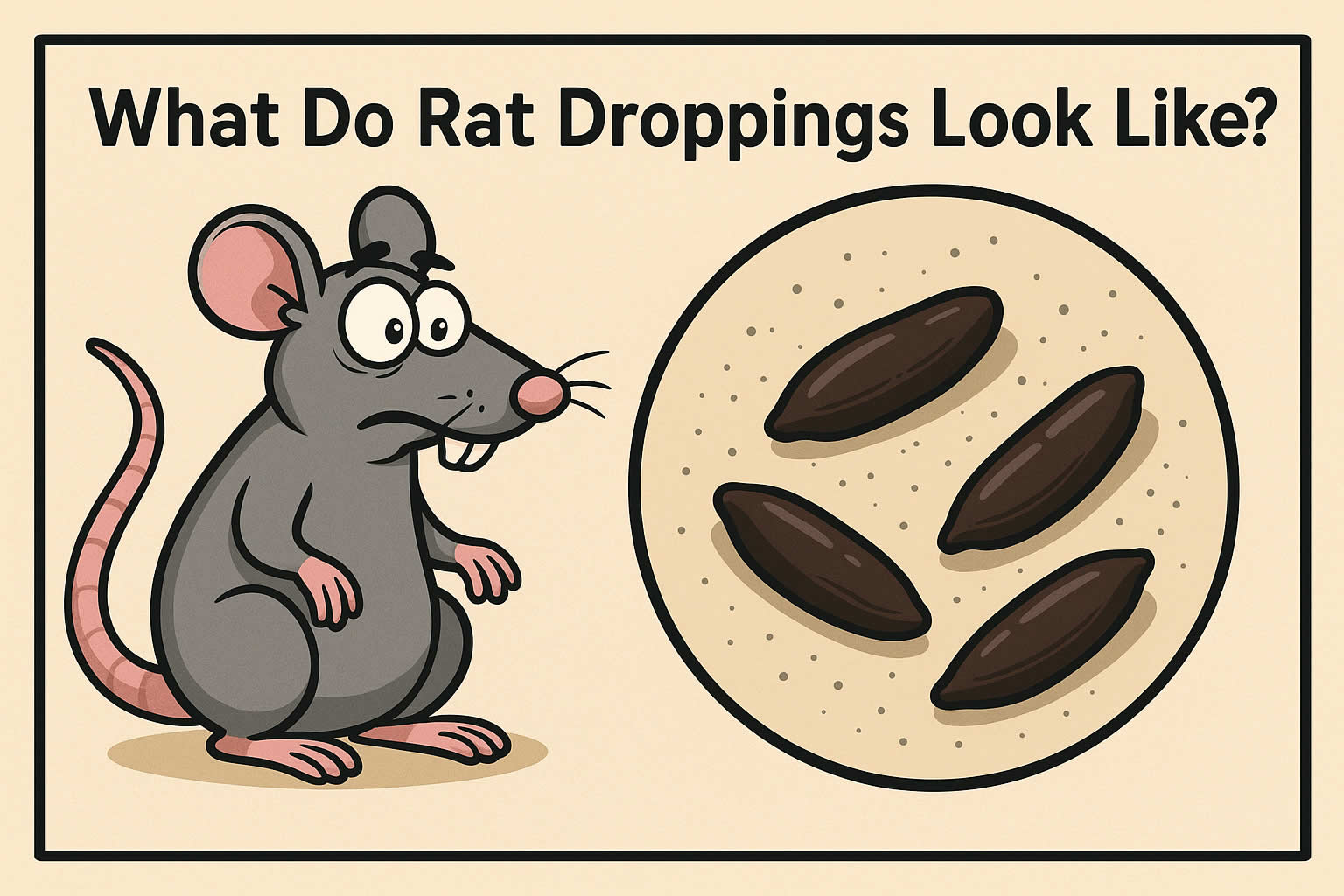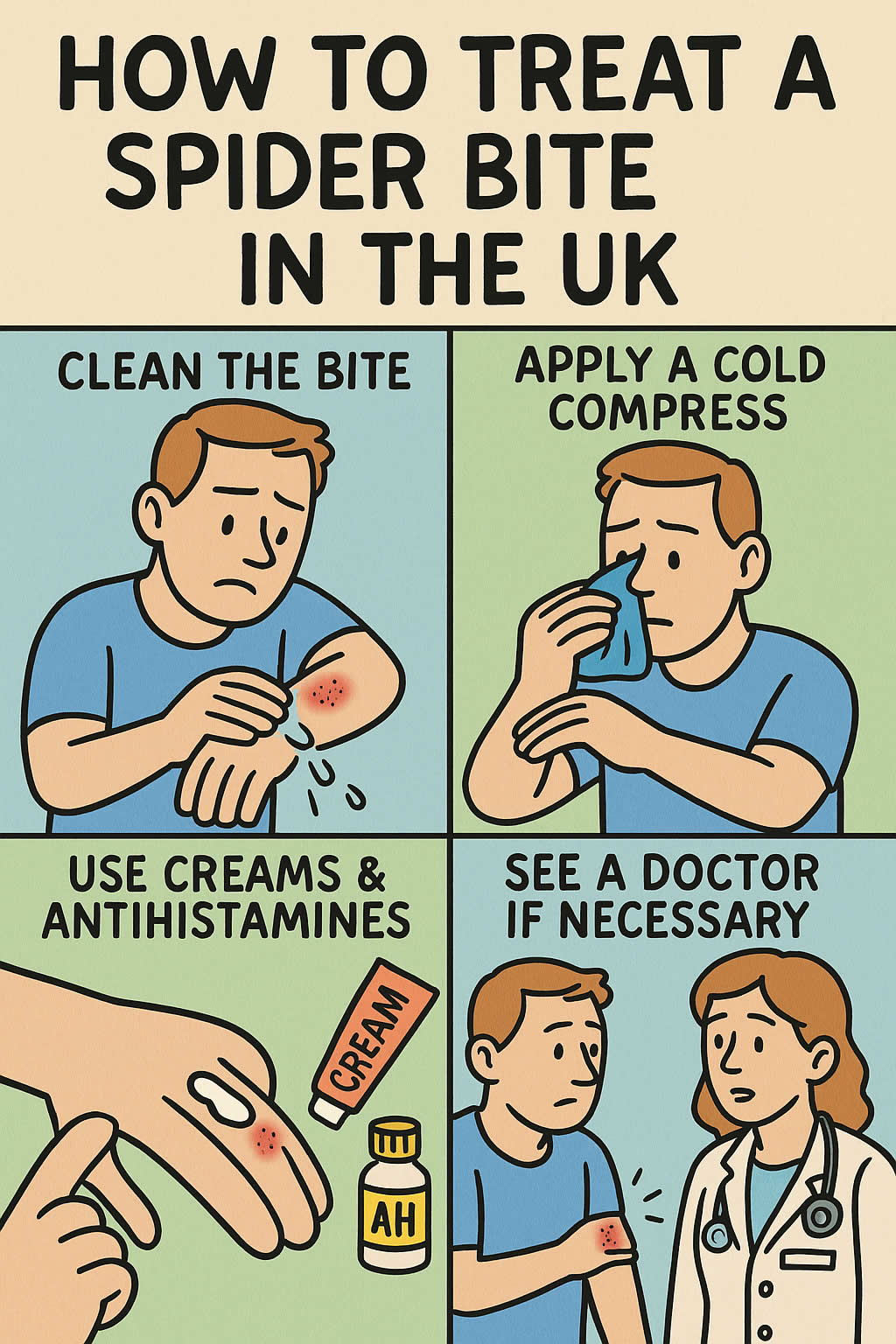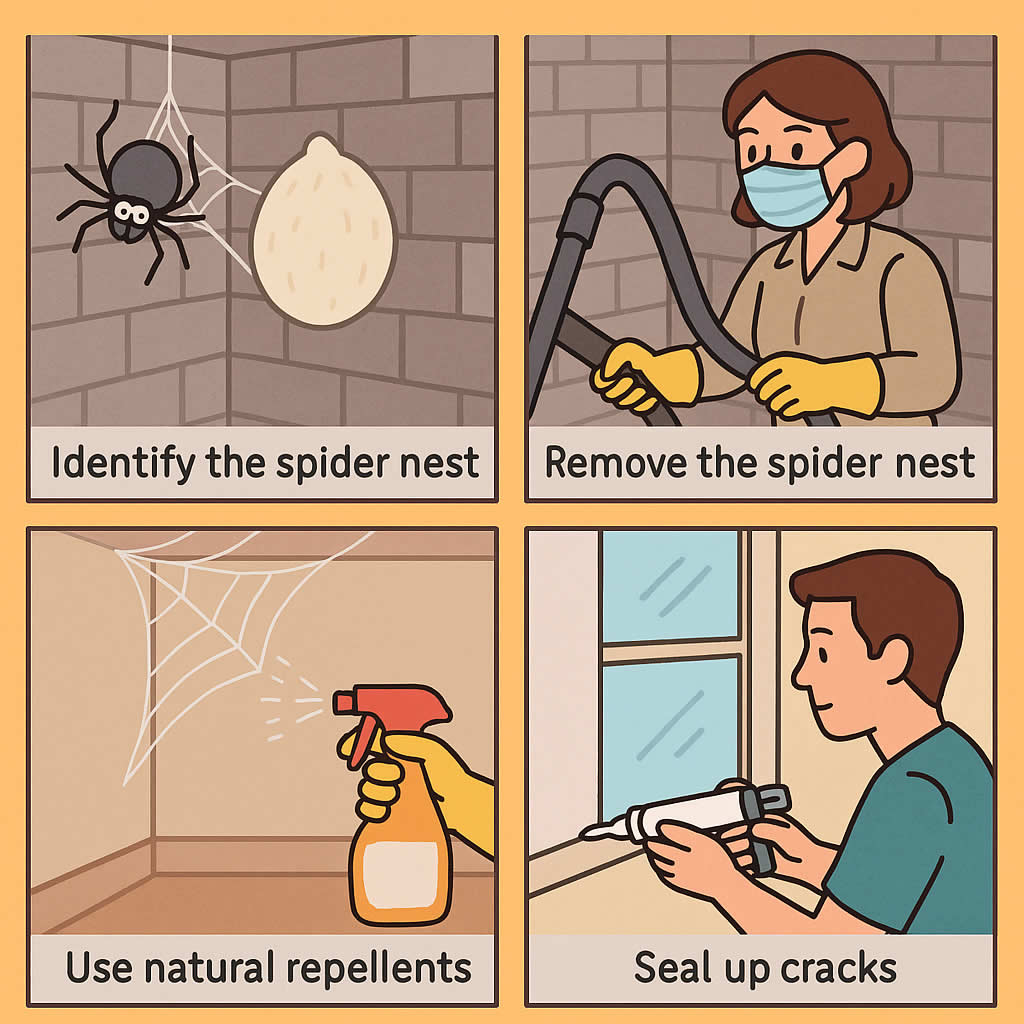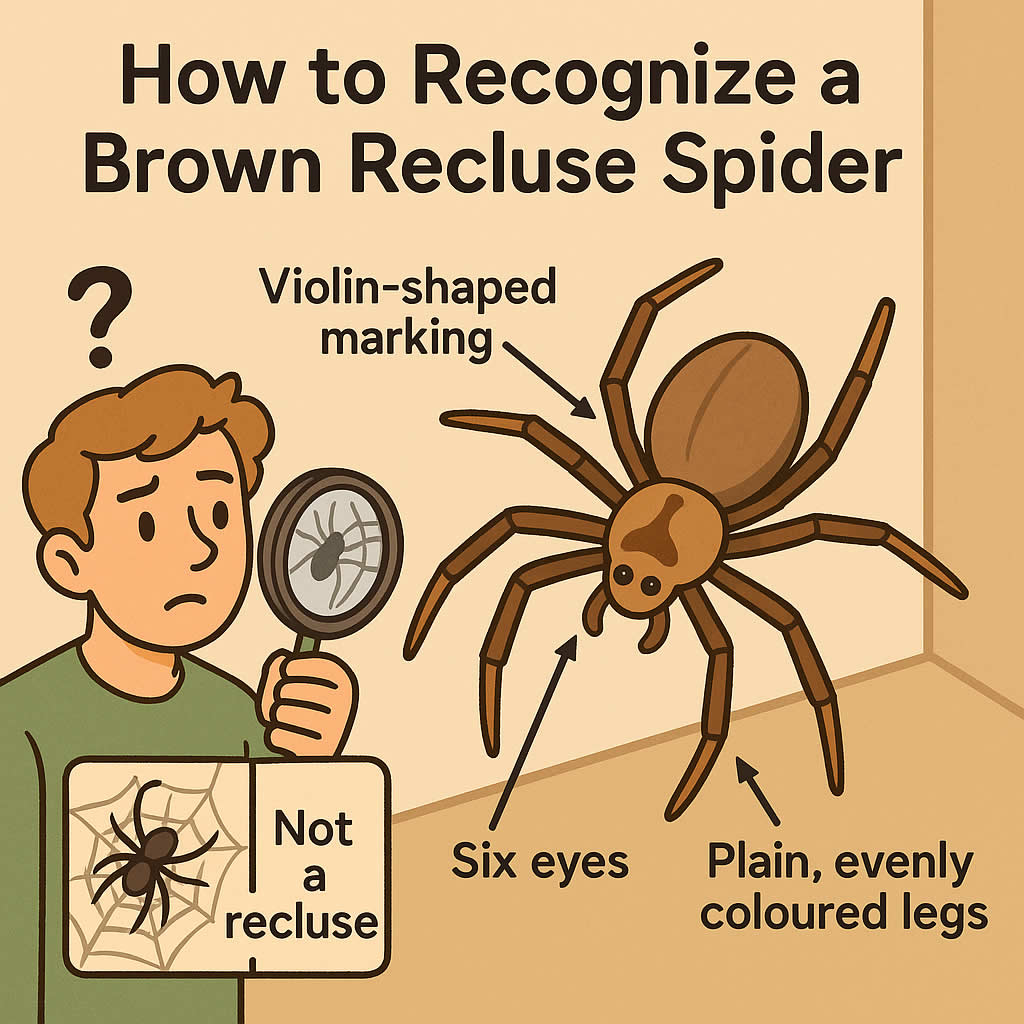Related Queries
ToggleIf you’ve ever found fleas on your dog, you’ll know how quickly the urge kicks in to get rid of them. When your dog is scratching constantly, when you see those tiny dark specks on their skin, you don’t want to wait a single day for relief. You might head to the cupboard and find flea medicine—but it’s for your cat. The question then pops up: can you use cat flea medicine for dogs?
It seems like it should be fine. After all, both are pets, both can get fleas, and the treatments often look similar. But here’s the truth—giving cat flea medicine to your dog can be dangerous. In some cases, it can cause serious health problems.
Let’s go through exactly why, what can happen if you do it, how to choose the right product, and what safer, more effective options you have.
Why flea treatments are not one-size-fits-all
Cat flea medicine is made for cats, and dog flea medicine is made for dogs. That sounds obvious, but it goes beyond just branding. These products are formulated for each species’ body chemistry, metabolism, and size range.
The main problem is that cats and dogs can react very differently to certain insecticides. A chemical that is safe for a cat may not be safe for a dog, and the opposite is just as true. Flea products for cats may have active ingredients, dosages, or carriers that aren’t appropriate for dogs. On top of that, flea medicine for cats is usually dosed for much smaller body weights. Even if the ingredient is safe for both species, the amount in a single cat dose may not be enough to protect a dog—or it may be too concentrated in a different chemical that harms them.
What could happen if you give cat flea medicine to a dog?
It depends entirely on the product and the dog. Some cat flea medicines contain ingredients that are harmless to dogs in small amounts, but others use compounds that can cause side effects, especially when given in higher-than-intended doses.
Possible problems include:
- Skin irritation at the application site
- Drooling, vomiting, or diarrhoea
- Shaking, twitching, or tremors
- Lethargy and loss of appetite
- Severe allergic reactions
If the flea medicine contains permethrin (often used in some dog flea products but never in cat products), this isn’t an issue—but the reverse can also be true. Some cat flea medicines contain ingredients that may not be harmful to cats but can cause neurological symptoms in dogs at the wrong dose.
The real risk is that you can’t know for certain how your dog will react without knowing the exact formulation and whether it’s safe for their weight and health status.
Is there ever a safe overlap between cat and dog flea treatments?
Some active ingredients—like fipronil—are used in both cat and dog flea medicines, just at different concentrations and dosages. In theory, if you had the exact same active ingredient in the correct dose for your dog’s weight, it might be fine. But this isn’t something to guess about.
The margins for error in dosing flea medication are small. Giving too little means it won’t work, and giving too much can make your dog ill. That’s why vets always stress using a product designed for your pet’s species and size.
Why your dog needs flea medicine made for dogs
Flea treatments for dogs are created to target the flea life cycle effectively while being safe for a dog’s body to process. They take into account your dog’s metabolism, skin absorption rate, and potential sensitivities. This means the product is not only effective but also less likely to cause side effects when used as directed.
Using the correct flea medicine has another big advantage—it’s been tested to ensure it works for the full recommended duration. That means you can rely on it to give protection for the weeks it promises, rather than wondering if a makeshift option will hold up.
What to do if you’ve already given cat flea medicine to your dog
If you’ve accidentally applied cat flea medicine to your dog, the safest move is to contact your vet straight away. If it was a topical treatment, you can wash your dog with mild pet shampoo and rinse thoroughly to remove as much as possible from the skin.
Keep a close eye on your dog for any changes in behaviour or health, especially within the first 24 hours. Signs like vomiting, tremors, excessive drooling, or lethargy should be treated as urgent. Even if your dog seems fine, your vet may want to check them to be sure there are no hidden effects.
How to choose the right flea treatment for your dog
The best flea treatment is one that’s specifically made for dogs and tailored to your dog’s size, weight, and lifestyle. There are several forms to choose from:
- Spot-on treatments – applied to the skin between the shoulder blades, working for around a month.
- Oral tablets or chews – work from the inside out, killing fleas that bite.
- Flea collars – can protect for months, slowly releasing active ingredients.
- Sprays – useful for quick knockdown but often shorter-lasting.
When picking a product, you should also think about whether you need tick protection as well, as some treatments cover both.
Why prevention is easier than cure
If your dog is on a regular flea prevention plan, you’re far less likely to face the temptation of using the wrong product in an emergency. Once fleas are established, they’re harder to eliminate because they spread eggs into the home environment, and the problem can continue for weeks.
By keeping up with monthly treatments or longer-lasting options, you stop fleas before they get a foothold. This protects your dog’s comfort and your home’s cleanliness.
Can you use dog flea medicine on cats?
The reverse question is just as important, and here the answer is even more urgent—absolutely not. Many dog flea medicines, especially those containing permethrin, are toxic to cats and can cause seizures or even death. This is why it’s dangerous to apply flea products across species without veterinary guidance.
What to do in a flea emergency without the right product
If your dog has fleas and you don’t have their usual treatment on hand, you still have options while you get the right product.
- Give your dog a bath with a mild flea shampoo or a gentle pet-safe washing solution to remove live fleas.
- Use a flea comb to catch and remove fleas from their coat.
- Wash their bedding and vacuum your home to reduce flea numbers.
These steps won’t give long-term protection, but they can provide temporary relief until you can get a dog-safe flea treatment.
The bottom line on using cat flea medicine for dogs
It’s not worth the risk. While some active ingredients overlap between cat and dog products, the dosages and formulations are different enough to make using the wrong one dangerous. The safest, most effective route is always to use flea medicine designed for your dog, in the right dose for their weight, and applied according to the instructions.
If you’re ever in doubt, your vet can recommend a product that will work quickly and keep your dog safe. That way, you get rid of the fleas without adding the risk of a medical emergency.
Final thoughts
When you care about your dog’s health, every choice you make for them matters. Flea control is about more than just killing pests—it’s about keeping your dog comfortable, healthy, and safe from the side effects of both fleas and the products used to treat them.
Using the right flea treatment means you can focus on prevention, avoid dangerous mistakes, and give your dog the best possible protection. And in the end, that peace of mind is worth far more than trying to make do with a product that wasn’t made for them in the first place.
Pest Control Sutton – Pest Control Lower Shelton – Pest Control Queens Park
